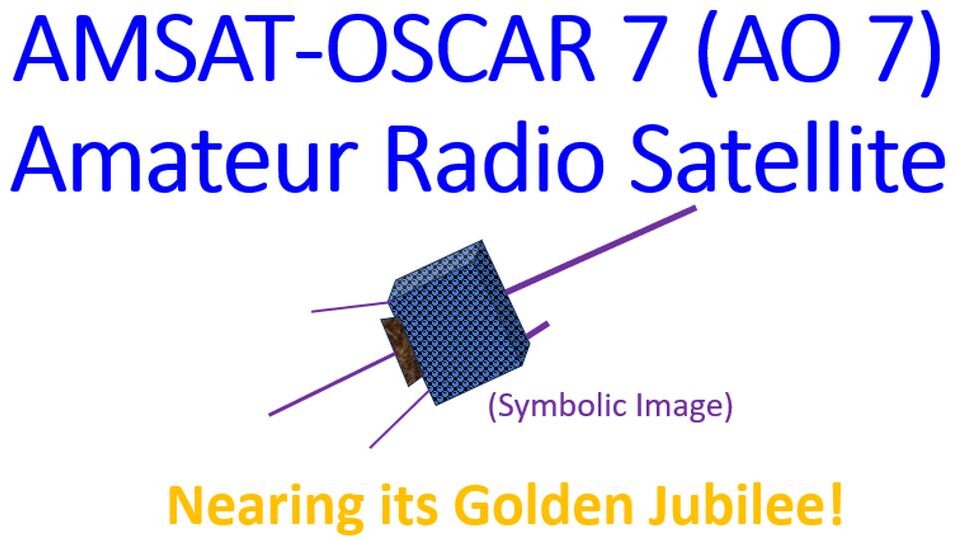AMSAT-OSCAR 7 (AO 7) Amateur Radio Satellite
AMSAT-OSCAR 7 (AO 7) Amateur Radio Satellite
Recently, one of my friends told me that he had heard the beacon of AO 7 amateur radio satellite and some DX hams speaking in their local language. Another mentioned that it is a difficult satellite to work and had been able to have only a single contact through that satellite, that too on CW. So decided to have a look at the details of the satellite. I found that it is a very old satellite, launched way back in 1974, when I was at school! Naturally, its battery would be non functional and it could work only during daylight hours. In fact I read that the battery failure had caused it to become non-functional in 1981. But luckily, the shorted batteries became open circuit in 2002 so that it could work on solar panels.

AO 7 has two linear transponders A and B which switch every 24 hours. Transponder A has uplink on 145.850 – 145.950 MHz for SSB and CW and is a non inverting transponder. Downlink is on 29.400 – 29.500 MHz. CW beacon is on 29.502 MHz. Transponder B is a U/V transponder with uplink on 432.125 – 432.175 MHz SSB/CW and is an inverting transponder. Inverting transponder is one which inverts the sideband received on uplink, on downlink say LSB to USB. Downlink of Transponder B is on 145.975 – 145.925 MHz SSB and CW. As it was designed before the satellite subband of 435-438 MHz was implemented, operation in the United States is permitted under a waiver from FCC. Beacon of transponder B is on 145.9775 MHz CW. There are plenty of reports of both transponders being active on the AMSAT Live OSCAR Satellite Status Page. But there are reports of Transponder B being active on consecutive days. I wonder whether it is an error in reporting or an error in switching!
AO 7 was built by a multi-national team of radio amateurs from Germany, Canada, United States and Australia. As Transponder B shares uplink frequency with radiolocation service, special circuits were included to suppress interference from radars. There is a lot more interesting information on the AMSAT webpage on AO 7, which is worth reading for those interested in satellite operations. It gives us an idea of the challenges in building the early OSCAR satellites. Still to have if functioning though partly, after 49 years when it was anticipated to function only for just 3 years, is really remarkable. That reminded me of the Voyager spacecrafts which were launched in 1977 and are continuing their journey in interstellar space and still sending data back to us! Next year, may be AMSATs across the world would celebrate 50th Anniversary or Golden Jubilee of AMSAT-OSCAR 7.